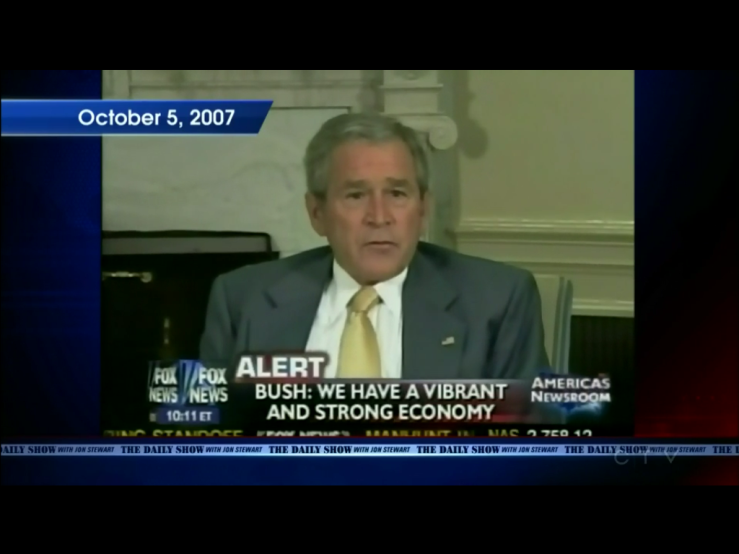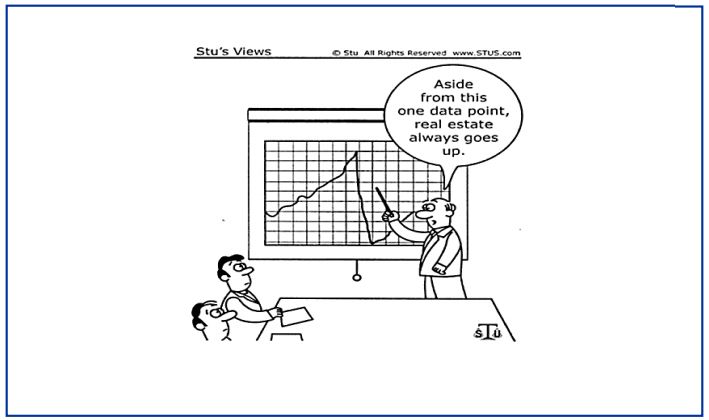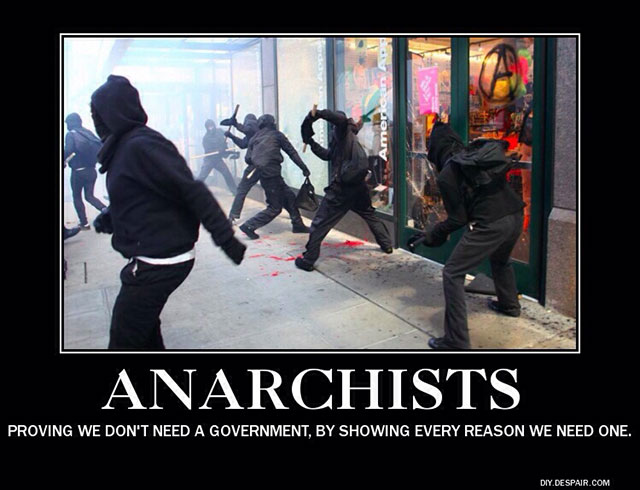
The following article is free and available to everyone via Seeking Alpha. You don’t to login or sign up for anything. It is however a follow up on my PRO research that was published last month. I have a preview on this site here. So if you can I highly suggest to read the first article (login required) because it’s much more in-depth piece of research. You can also find the supporting documents here.
*April 21,2015 Update: A day after my publication NAPEC Inc. announced that they were awarded $90m in contracts. This announcement isn’t included in my valuation. It implies that the backlog just got bigger to approximately ~$465m.
Reposted from Seeking Alpha
By Brian Langis
Summary
- Mispriced security. Large gap between current price and value. There are many catalysts that could “wake up” the stock.
- A major institutional investor recently increased their position by buying 2.3 million shares.
- Turnaround situation. New management, led by Pierre Gauthier seem committed to accountability, cutting costs, a return to profitability. Plan to double revenues and EBITDA margins to 7-8%.
- Revenue at an all-time high. Backlog at a 3 year high. Q4 results suggest NPC is turning the corner.
- NPC has turned down many buyout offers in the past.
TSX: NPC
Nasdaq: OTC:CVTPF
CVTech Group officially became NAPEC Inc. in September 2014. Throughout the article, NAPEC Inc. can also be referred to as NPC, CVTech Group, or the Corporation and its subsidiaries.
NAPEC Inc. is primarily traded on the Toronto Stock Exchange under the sticker NPC.
Note: Dollar amounts are in Canadian $ unless mentioned otherwise. USD-CAD 1.22 Price of 1 USD in CAD as of April 10, 2015.
Before diving into the article, I highly suggest you read my research articleNAPEC Inc: 30%-40% Upside In Potential Turnaround. It sets the background for this article and I didn’t want to rehash everything. It explains how NPC got to where it is today, which I recommend reading before investing. The objective of this article is to provide a valuation update and a review of the Q4 and FY2014 results. Since NAPEC is in a turnaround phase, it’s important to keep track of its progress.
Since my publication on March 11, 2015, NPC is down 19 cents or 18.1%. Not an achievement to be proud off. At that price you can get in at the same price as the Caisse du Dépôt et Placement du Québec (CDPQ) did in December 2014 when they acquired 2.3m shares. As soon as my article was published NPC jumped off a cliff. However I am not worried because I’m not suffering a permanent loss since NPC is trading below its intrinsic value and I understand what I own. One must wonder what piece of bad news made NPC to jump off a cliff? Well there was no bad news and Q4 results were what people expected. I have my reasons on why NPC is down which I explain later in the article. The 52 week low/high is $0.83 and $1.15. That’s a vast movement considering the value of NPC didn’t fluctuate that much in the last year. There’s another way of interpreting this: NAPEC just got much cheaper.
 NAPEC Inc. -10.31% since inception vs S&P TSX +65.3%. April 29, 2005 – April 17, 2015
NAPEC Inc. -10.31% since inception vs S&P TSX +65.3%. April 29, 2005 – April 17, 2015

Investment Thesis
According to my valuation, the shares of NPC are worth between $1.40 and $1.60 which represents an upside of 56% to 78% over the current share price of about~$0.90.

The full details of my valuation are below.
NAPEC trades at a significant discount to its intrinsic value because its lackluster past is overshadowing the current turnaround and progress. NPC prospects will be worthy once short-term problems disappear.
Mismanagement and a bloated cost structure have been long hallmarks at NAPEC, and good reasons to avoid it. However, new management, led C-suites execs, by Pierre Gauthier and a new Chairman, seem committed to accountability, cutting costs, a return to profitability, and a willingness to make tough decisions. The hiring of Pierre Gauthier is an excellent decision. Prior to NAPEC he was the Chairman and CEO of of Alstom Power and Transportation Canada Inc. If you are more interested, listen to some of his speeches on Youtube or Bloomberg.
In my view, NPC is heading in the right direction by cutting unnecessary expenses, returning EBITDA margins to its historical level, and a plan to double revenues in the next three fiscal years.
NAPEC Inc. is a simple idea. This simple idea never produces any return for shareholders because of the previous management. Over the years NPC became bloated and inefficient. When bloated costs and sound assets clash with sharp management and a cheap stock price, opportunities lie in wait.
For NPC to become successful it doesn’t require making cutting-edge breakthroughs to spur growth, rather, simply aligning costs and a culture of accountability will create substantial shareholder value.
Here are some eye-opening facts that show both the problem and the potential:
- NPC FY2014 EBITDA margins were a mere 3.85%, dragged down by two bad contracts. The new management team wants to bring them back to 7-8%, its historical and industry average. This would double EBITDA.
- NPC FY2014 revenues were at $292 million. A record high but not near to what former management promised ($1 billion). The new strategic plan calls for revenues to hit $600 million by the end of FY2017.
- NPC turned down buyout offers as high as $1.95 per share, all cash. Well NPC shouldn’t expect that kind of offer to come back, it’s a good indicator that the business is worth something.
At this point, I feel we’re past the cross-finger stage. Management has taken action on a number of fronts: slashed costs, developed synergies among the different operating units, shrunk divisions, hit all-time high revenues, and growing backlog, is showing us that there’s determination behind the message. Best of all, if things go awry and the old status quo creeps back in, NPC’s bargain price should provide protection against a major loss.
I didn’t post everything but you can read the whole article on Seeking Alpha










 NAPEC Inc. -10.31% since inception vs S&P TSX +65.3%. April 29, 2005 – April 17, 2015
NAPEC Inc. -10.31% since inception vs S&P TSX +65.3%. April 29, 2005 – April 17, 2015


